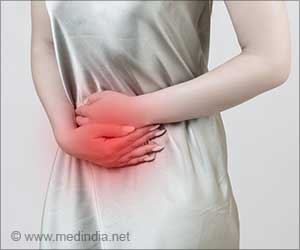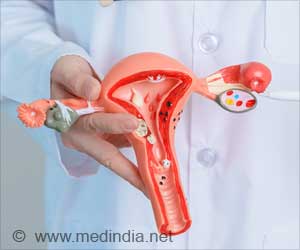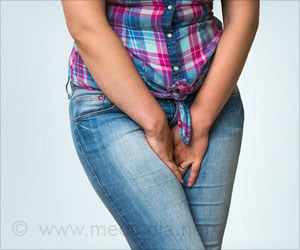Mayo Clinic researchers have revealed that certain structural features within breast tissue can indicate a woman's individual cancer risk.
The findings appear in the Journal of Clinical Oncology.The study shows that acini (AS-ih-nye), the small milk-producing elements in breast lobules, can be counted in sample biopsies. The percentage of acini present per lobule at a given age indicates cancer risk.
"Aside from the predictors of heredity, there is no effective independent predictor of risk of breast cancer," says Lynn Hartmann, M.D., Mayo Clinic oncologist and senior author of the study.
"This risk estimate model based on novel tissue in each individual may provide a reliable strategy," the expert added.
To reach the conclusion, researchers studied the tissue structures in 85 patients with breast cancer and examined earlier, noncancerous breast biopsies from the same women. They compared them to 142 age-controlled samples from Mayo's Benign Breast Disease Cohort, a bio repository of benign biopsy tissues. Then, researchers developed the model and tested a risk prediction for each patient.
For the same women, they used the existing Gail model to make five-year risk predictions for the same women. While helpful in determining increased risk in groups of women, the Gail model is only slightly better than a guess when it comes to predicting cancer for an individual, the researchers say.
Advertisement
As women age, especially as they approach menopause, the risk of breast cancer declines because the lobules and acini disappear. This natural process, called involution, is at the core of this risk factor.
Advertisement
This twofold approach led to development of accurate metrics on which to base individual risk. The team hopes this new model, combined with other patient information and assessments, will greatly improve a physician's ability to predict cancer risk for individual patients.
Source-ANI
TAN














